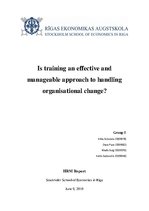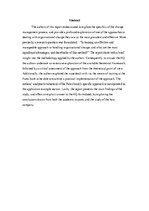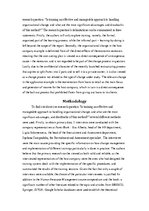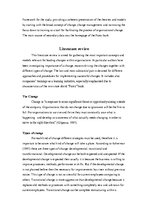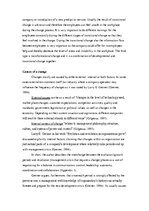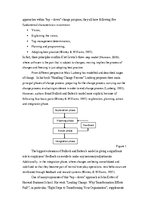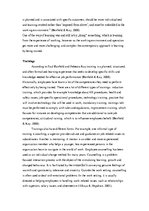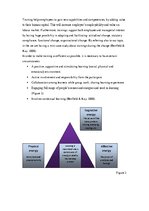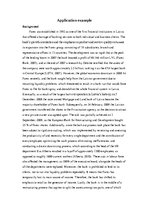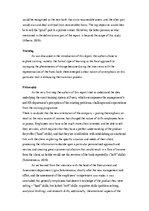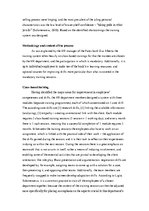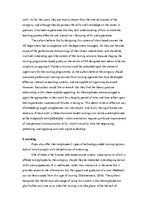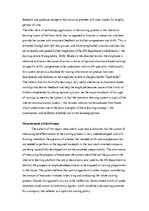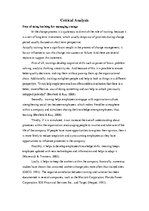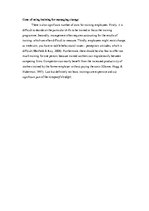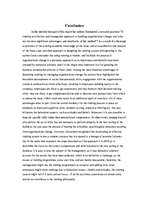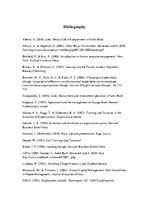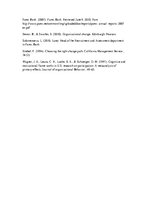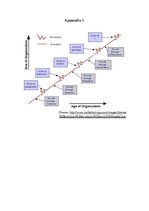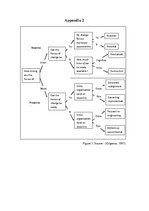| Nr. | Название главы | Стр. |
| Introduction | 4 | |
| Methodology | 5 | |
| Literature review | 6 | |
| The Change | 6 | |
| Types of change | 6 | |
| Causes of a change | 7 | |
| Change path diagnosis | 8 | |
| Approaches to change implementation | 8 | |
| The stages of the change process | 8 | |
| General tips for succeeding in leading a change | 10 | |
| Initiatives aimed at learning | 10 | |
| Trainings | 11 | |
| Application example | 13 | |
| Background | 13 | |
| Training | 14 | |
| Philosophy | 14 | |
| Methodology and content of the process | 15 | |
| Critical Analysis | 18 | |
| Pros of using training for managing change | 18 | |
| Cons of using training for managing change | 19 | |
| Conclusion | 20 | |
| Bibliography | 21 | |
| Appendix 1 | 23 | |
| Appendix 2 | 24 |
It is fair to say that at the beginning of the 21st century, the world and mankind in particular have continued from where they left off at the dusk of the second millenium – globalisation and technological progress are still the forces that shape the economic, business, and social environment nowadays. As seen from the point of view of businesses, it means that the external conditions they are exposed to are being transformed, and revolutionised at an unflagging pace, and the question of whether the business is flexible enough to adapt to these changing conditions quickly enough is not that of generating a source of competitive advantage, but rather that of survival. The issue is made even more acute by the fact that the economic downturn is weeding the ineffective operators of the wobbly markets. Viewed this way, change is a vital component of the organisational life cycle that stands for the renewal and polishing of the existing system, and a significant means of raising operational effectiveness; therefore, it is of pivotal importance that the process is managed properly, and potentially fatal failures are avoided. Hence, the concept of change management develops, alongside a question of what is the most effective approach or tool for creating a smooth transition process that would minimise the negative consequences of the change process.…
“Is training an effective and manageable approach to handling organisational change, and what are the most significant advantages, and drawbacks of this method?” To answer the RQ the authors undertook an extensive exploration of the available theoretical framework, followed by a critical assessment of the approach from the theoretical point of view. Additionally, the authors explored the issue dealt with via the means of training at the Parex bank to be able to examine a practical implementation of the approach. The authors‟ analysis (evaluation) of the Parex bank‟s specific approach is incorporated in the application example section. Lastly, the report presents the main findings of the study, and offers an explicit answer to the RQ formulated, by exploring the conclusions drawn from both the academic sources, and the study of the host company.

